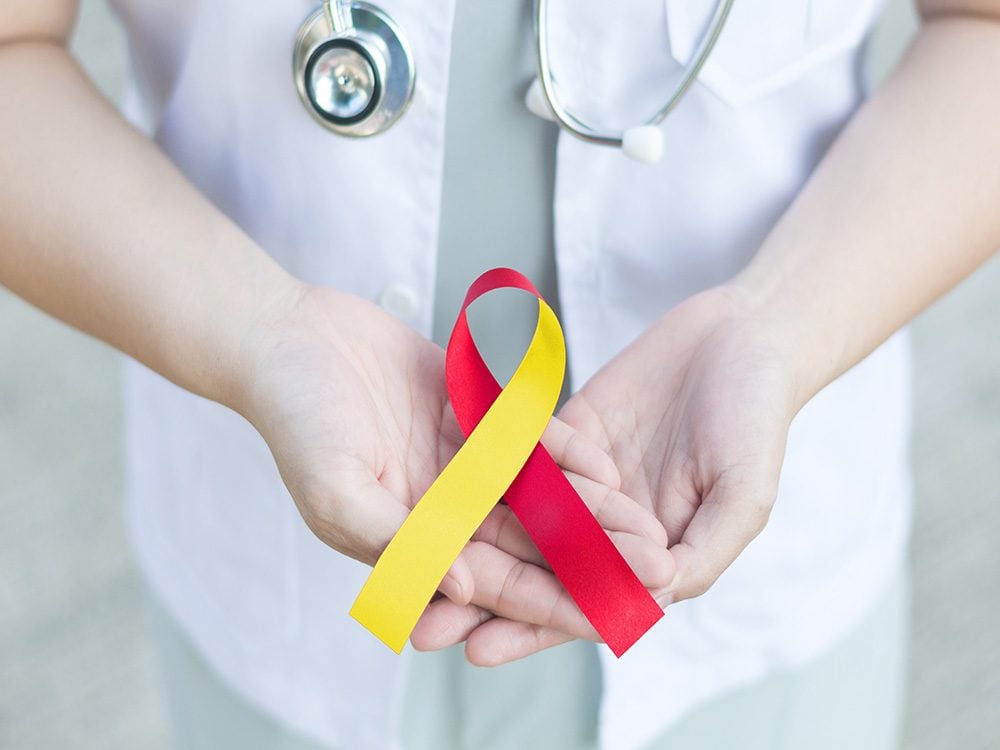
Do I Have Hepatitis?
Time to revisit your ABCs: viral hepatitis—inflammation of the liver—is classified with different letters depending on which virus is to blame. All varieties are contagious and may cause fatigue, stomach pain, fever or yellowish eyes, and some put so much strain on the organ that they can lead to scarring, liver cancer or the need for a transplant.
Thankfully, the overall chances of contracting hepatitis are fairly low. Hep A (transferred mainly by food or water contaminated with feces) comes and goes in small outbreaks, while D (a complication of hep B) and E (usually spread by dirty water) are uncommon in developed countries (but be careful when traveling abroad.) Ultimately, most of the hepatitis burden comes down to B and C, which are chronic in less than one per cent of Canadians (although underreporting may be an issue.)

Hepatitis B
Hepatitis B is found in blood, semen and vaginal fluids, so your risk is above average if you’ve had unprotected sex with multiple partners, if you’ve ever injected drugs or if you’ve shared toothbrushes, razors or nail clippers with an infected person.
If you contract hepatitis B as an adult, there’s a 95 per cent chance your immune system will defeat it without medical treatment. However, children—most often infected during delivery—typically become lifelong carriers. This strain doesn’t necessarily show symptoms until it leads to complications, which are a risk for a quarter of chronic carriers. Therefore, most national health authorities suggest that children get the vaccine, along with at-risk adults who missed it in childhood.

Hepatitis C
Meanwhile, hepatitis C is mainly spread by blood. Your risk is higher if you’ve used intravenous drugs, shared personal hygiene items or received a blood transfusion before the 1990s, when screening technology became available. There isn’t yet a vaccine for hep C, and often symptoms won’t appear until severe liver damage is present. (Of course, hepatitis is not the only danger to your liver.) Your chances of getting rid of the disease without treatment are only one in four, but there are new medications that will cure it 90 to 97 per cent of the time, says Dr. Helena Cortez-Pinto, a liver expert for United European Gastroenterology. (Unfortunately, your liver is not one of the organs you can live without.)
“The World Health Organization is aiming to eliminate hepatitis B and C as public-health threats by 2030,” says Cortez-Pinto. With the help of vaccines, treatments and risk awareness, it’s a realistic goal.
Traveling soon? Make sure to read up on the Most Common Travel Illnesses (and How to Avoid Them).